Introduction to Film Direction
Course final project
A course by César Pesquera , Director and Visual Artist
About the final project for: Introduction to Film Direction
Introduction to film directing
“We have reached the end of the course and I hope I have been able to transmit everything I have learned throughout my career and that it will be useful to you when shooting your pieces and telling your stories. In any case, remember that the path is made on foot and that then each one finds their ways, their ways and the methods that work best for them, so take this course as a guide and not as a manual that must be followed at the foot of the letter. As you have seen, telling a story in pictures —be it from your own text or someone else's text— requires perseverance and the ability to renounce in equal measure. It is a long, arduous and full of ups and downs, but when you see how your story comes to life, how each of the elements, each of the phases of the process, breathes life into that story, I can assure you that satisfaction is enormous. I encourage you to write your little stories and with the help of this course translate them into images and give them that life. Remember that your project can be a scene written by you or by someone else, you can base yourself on a pre-existing text and adapt it or simply start from a script from a movie already shot and rethink a scene from that movie based on the script. But remember that it is important that there is always a conflict, that there is a narrative arc and that the action described changes the value of the life of at least one of the characters. Next, we are going to review the key phases of the project. It would be great if you showed me a picture of each phase and added a brief explanation about what you have done in each one. Script The first step is to choose the text on which we are going to work. When facing your project, remember: analyze well the text you are starting from and begin to visualize.
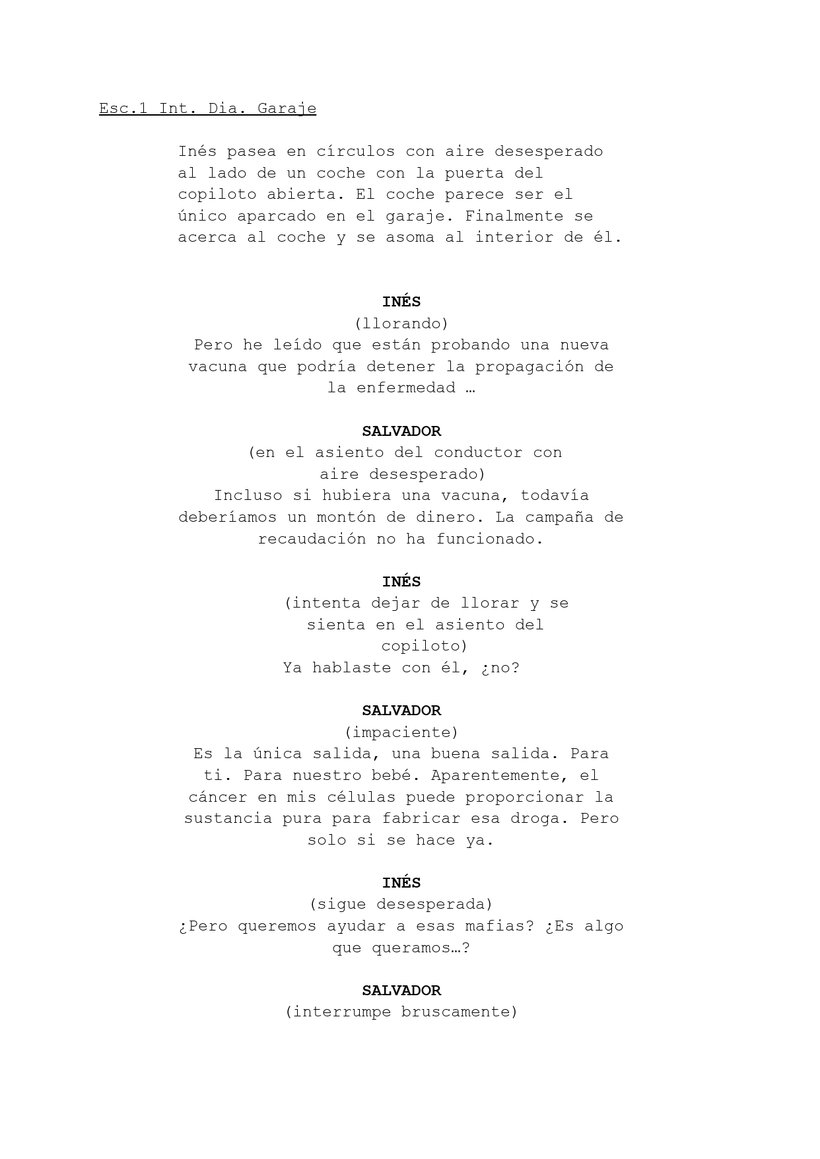

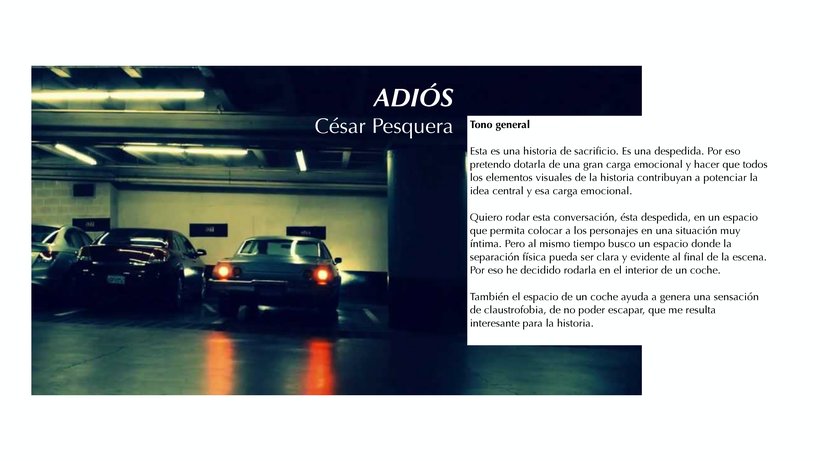









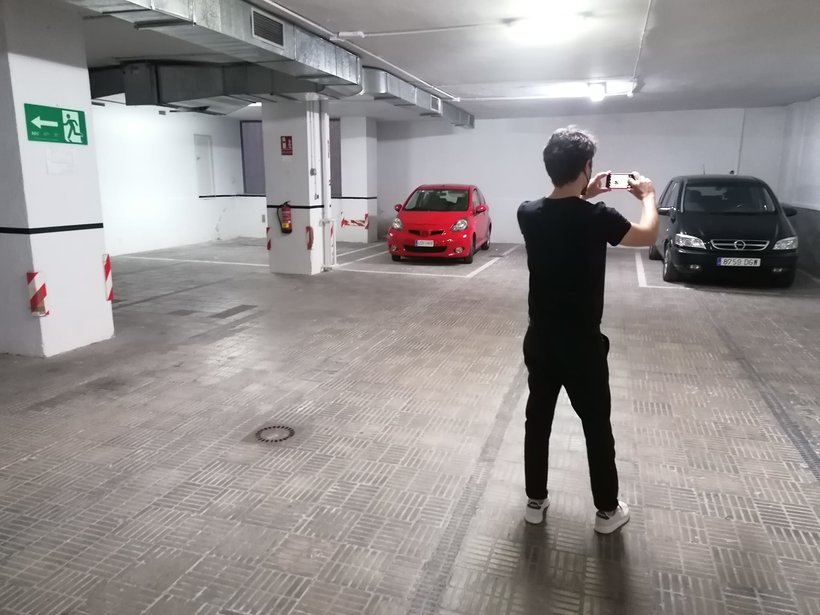

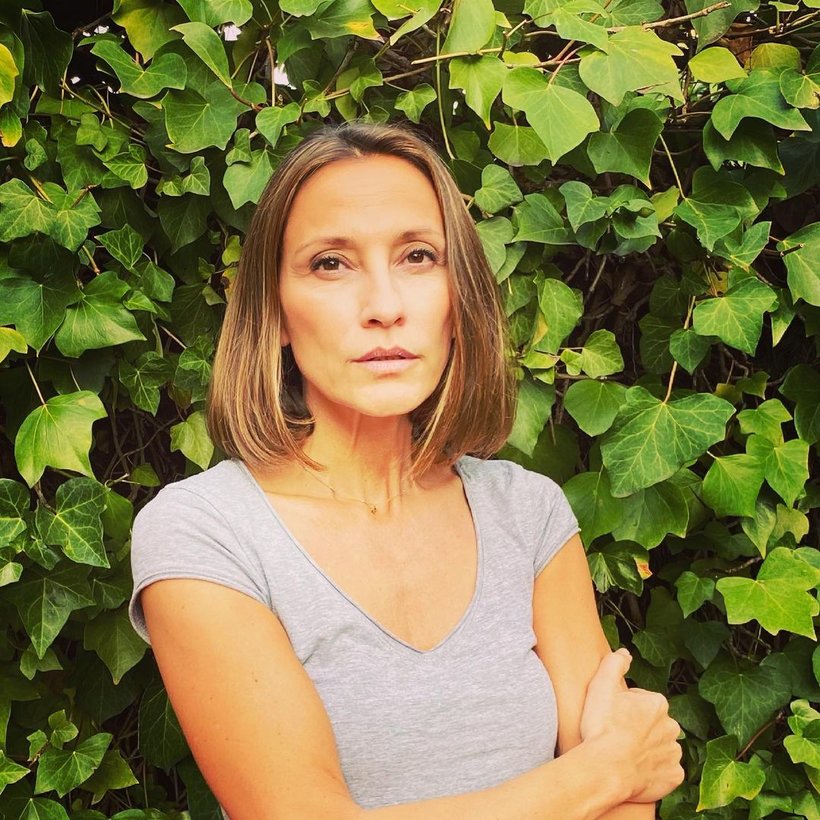

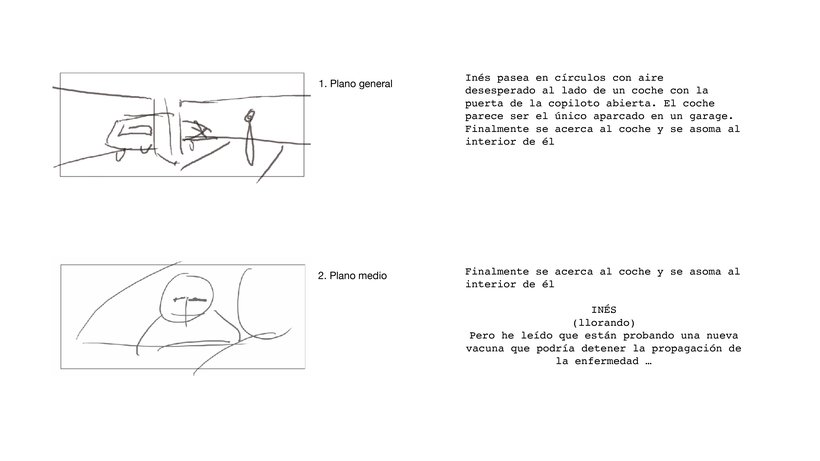

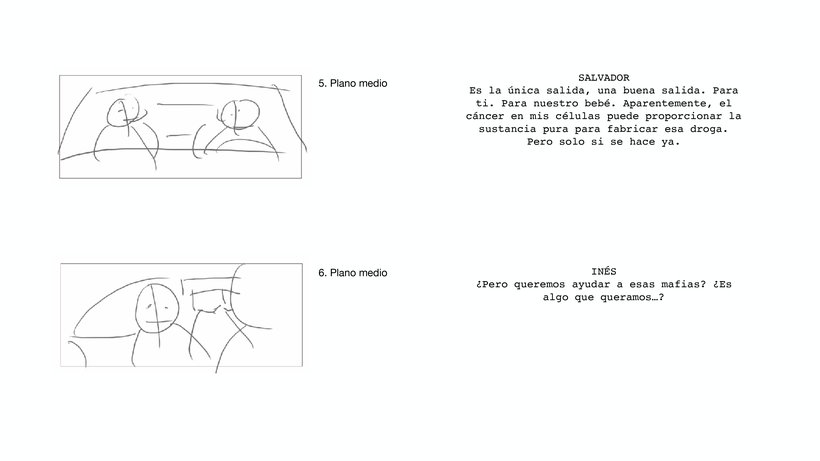


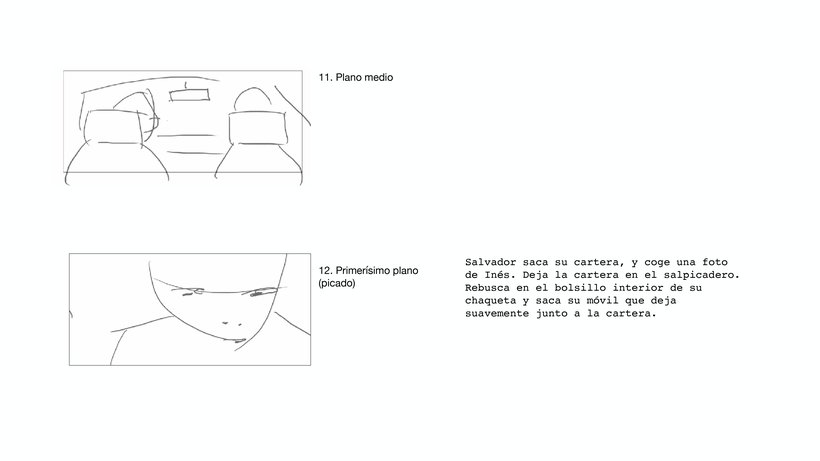




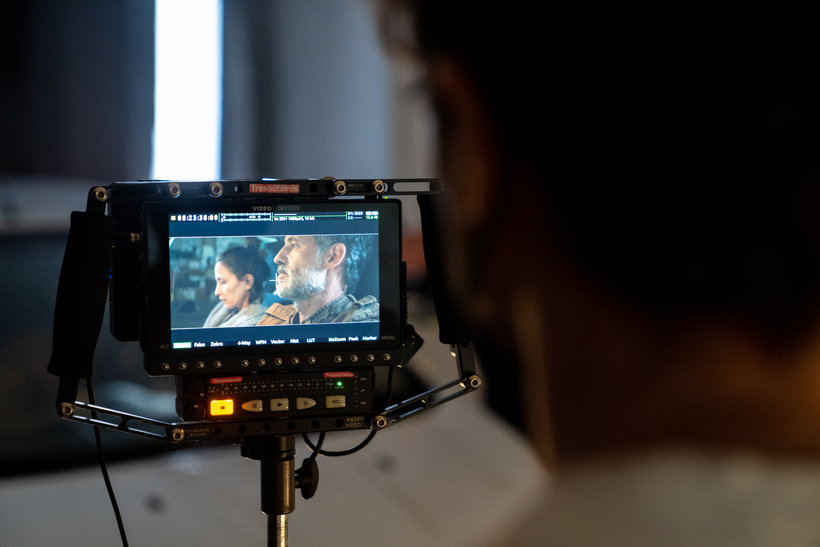


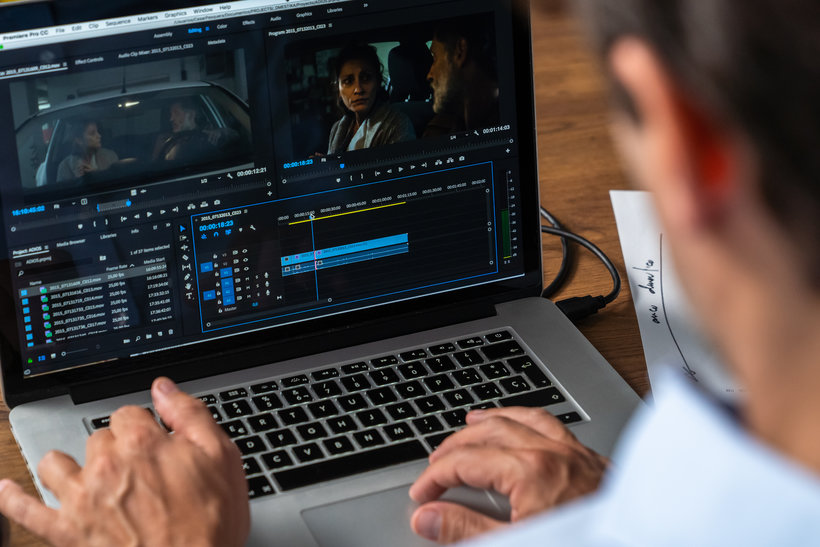

Partial transcription of the video
“Final project First, thank you very much for getting here. It has been a pleasure to guide you on this journey through audiovisual stories. It's time for you to take action and you begin to narrate through images. So that you have everything fresh, we are going to review everything we have learned here. I explained to you the basic tools of a director in terms of cinematic language. After seeing the fundamental elements of a story, I wrote the script for my scene and I started to build my vision from references, images and works of other directors. You also learned what a treatment is, a ke...”
This transcript is automatically generated, so it may contain mistakes.
Course summary for: Introduction to Film Direction
-
Category
Photography & Video -
Areas
Film, Film, Video & TV, Lighting Design

César Pesquera
A course by César Pesquera
César Pesquera lives to tell exciting stories with a solid conceptual framework and room for visual experimentation. As a visual artist and director, he currently dedicates himself to filmmaking, directing music videos, developing advertising campaigns, and writing.
In his most recent personal projects Tramuntana and Santa Ana, he explores the crossover between visual experimentation and documentary. Both pieces were selected at festivals such as Cíclope, SXSW, Sitges, Cannes, Slamdance, and BFI London Film Festival, among others. In addition, his work has been recognized with several Laus awards, a Gold at ADC*E, and second prize at YDA Cannes. In 2018, Santa Ana received an Honorable Mention for Best Documentary at Salute Your Shorts festival in Los Angeles.
- 100% positive reviews (202)
- 7,840 students
- 21 lessons (4h 34m)
- 58 additional resources (14 files)
- Online and at your own pace
- Available on the app
- Audio: Spanish, English
- Spanish · English · Portuguese · German · French · Italian · Polish · Dutch
- Level: Beginner
- Unlimited access forever






